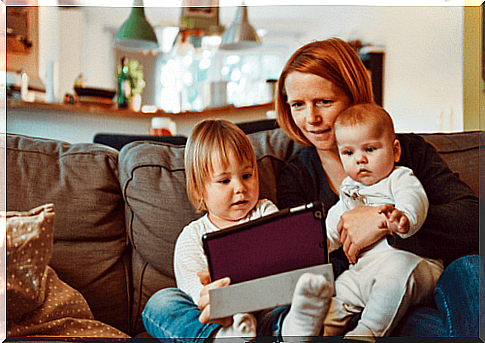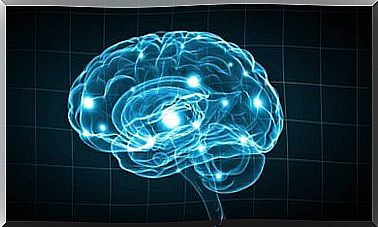What Can Parents Of Children With Attention Deficit Do?

ADHD is talked about all the time these days. Many children are diagnosed and treated for this disorder, but the debate continues: does it really exist? On the other hand, how many children have not been diagnosed as such while they are suffering from it?
The fact is that the assessment and the diagnosis must be made by duly qualified professionals, who know how to interpret the case and the criteria diagnosed.
Once we have been diagnosed with ADHD, the question is: what can we do if we are the parents? At the start, it’s a new situation that can make us very uncomfortable. Usually, we are not sure how to act in these cases… Read on and see what we get tried to do!
What should we do first if our child has ADHD?
First of all, we need to be informed. After a proper psychological assessment and an accurate diagnosis, we need to know what our child has. How? ‘Or’ What ? By asking all possible questions to both psychologists and doctors who will participate in the treatment of the child.
But in addition to that, we can also read up on the topic. It is especially important to seek reliable sources of information. We have to be careful what we can read, because sometimes speculative content can be treated as something certain.
We will thus be able to better understand what our child has. In addition, we will understand him better and we will have a better idea of the particular difficulties he may encounter. We will thus give ourselves more courage to begin the road that remains for us to travel.
Tell yourself that it is recommended to have all the information possible, so that we put in motion the appropriate models to help the child.
Establish family role models!
When the child is small, it is good to ensure that it evolves in orderly environments. This means a tidy room, but also a routine or managing the way he accesses information.
By paying attention to order, we will make it easier for him to acquire routine habits in relation to sleep, hygiene and eating. It is also good for him to participate in games that stimulate his attention, such as puzzles.
Aside from learning daily habits, teaching our children to respect standards is extremely good. Both children and adolescents with ADHD need to know what is expected of them. Therefore, parents must agree on the rules to follow at home and explain to children the consequences if they do not respect them.
It is very important that parents learn to give orders, make requests or reward in an environment of trust. For this we have to call the child by name when he is near us and look him in the eyes. Thus, we make sure of his attention and he will integrate the messages much better.
We need to make all our requests in a gentle tone, with clear and precise instructions, which clearly state what is important and what is secondary. It is also advisable to ask him things one by one.

If we ask him several things at the same time, in addition to contradicting himself, we will confuse our child. We must avoid raising the tone of voice and lecturing him, but also physical contact. Finally, we will ask the child to reproduce again what we have asked him – if possible with other words – to be sure that he has understood us. This way of sharing may seem forced, but with practice, it will become quite natural for us.
How to encourage positive attitudes and reduce negative ones?
Once we have set the standards at home and agreed among parents on what to do and what not to do, how do we get kids with ADHD to stick to that? In order for the little ones to change their attitude, we need to focus on what they are doing well and make what they are doing wrong disappear.
To encourage positive behavior, we need to find rewards that are meaningful for the little ones. They can be anything tangible, but keep in mind that social approval is a very helpful motivation. Indeed, if we congratulate our child every time he does something positive, we will encourage him to do it more and more.
In a complementary way, we will be able to use a material reward system. The children will then receive good points every time they have done well. Later, whether at the end of the day or the week, they can redeem the points for another type of reward. It is important, if this technique is used, that the standards and rewards are well established beforehand.

Aside from focusing on the positive, we need to do away with negative behaviors. How? ‘Or’ What ? By not paying attention to the attitudes that bother us. To decrease them, we can also use punishment, either by giving the child something he does not like (like a reprimand), or by taking something away from him (making him lose something). something he had won previously) or by depriving the child of a situation that pleases him, such as watching TV, for example.
It is very important that the punishment is proportional to what the child has done. This is how he will understand why he was punished and what is expected of him. The punishment should apply immediately and should not be accompanied by physical contact or arguing. These models must be implemented in continuity, because if we apply them one day and not the next, they will not be as effective and they will not improve the behavior of our child.









